Tag: Solmukohta
-

Maps, Loops and Larp
in
This article outlines a framework for analyzing how players decide on their actions moment to moment, as well as on longer time scales throughout the larp.
-

Solmukohta 2020 Summary
Solmukohta 2020, the Finnish edition of the international Nordic larp conference Knutepunkt, is over and you can find all the talks here.
-
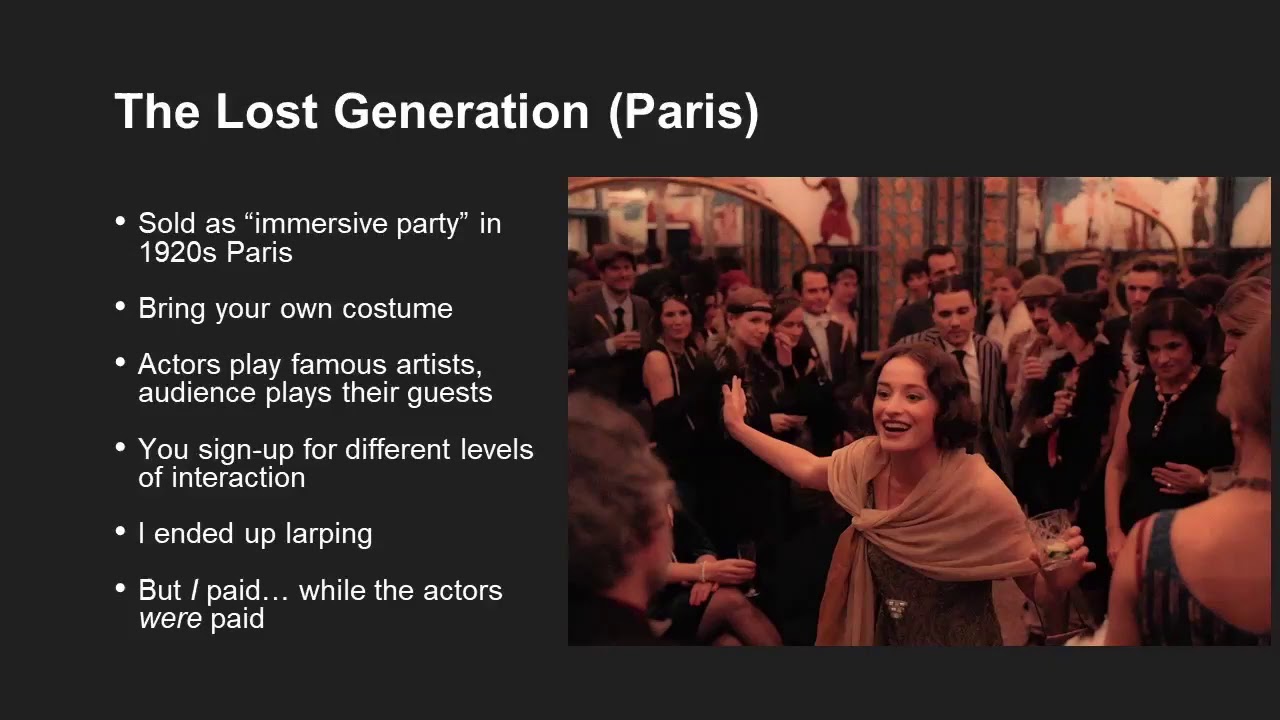
Solmukohta 2020: Is Immersive Theatre the Future of Larp?
Thomas B covers some larp-like events. Mélanie & Michael co-wrote The Lost Generation, an immersive theatre party focused on seamless narrative design.
-
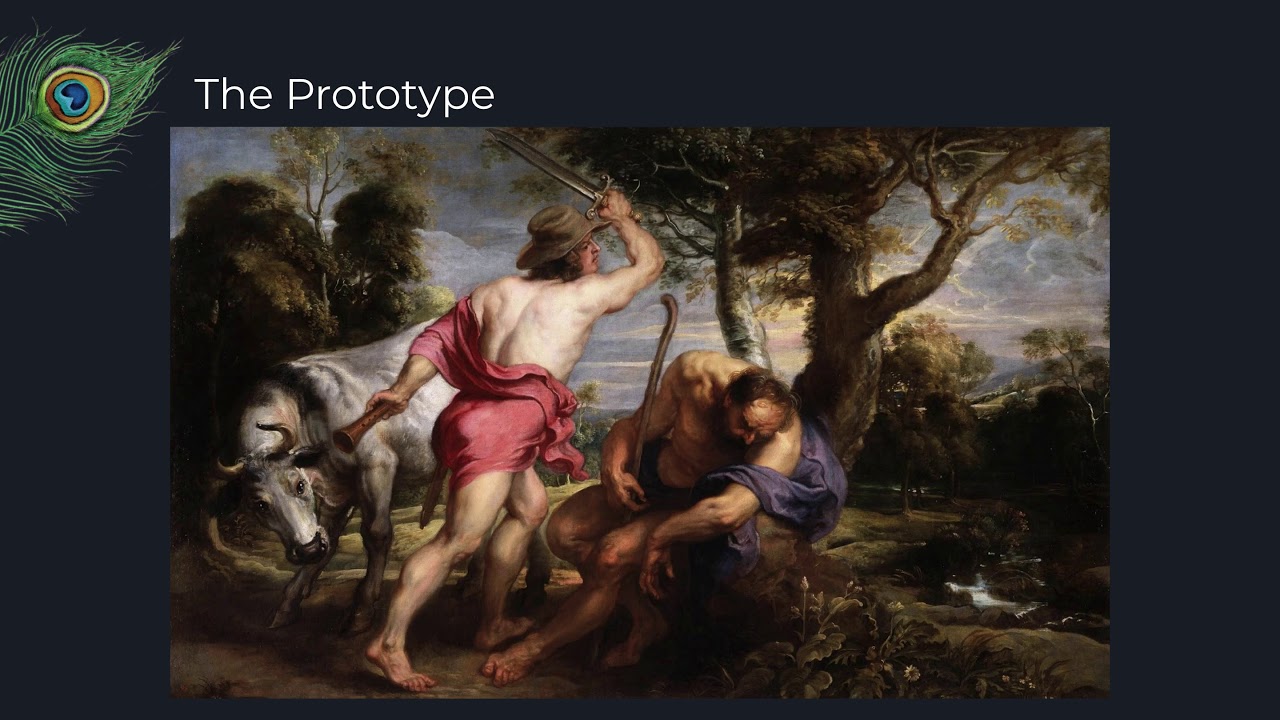
Solmukohta 2020: Chris Bergstresser – Peacock – a Global Larp Clearinghouse
A proposal, and a prototype, for a larp clearinghouse named Peacock. It includes standards for larp data and a website to share that information.
-
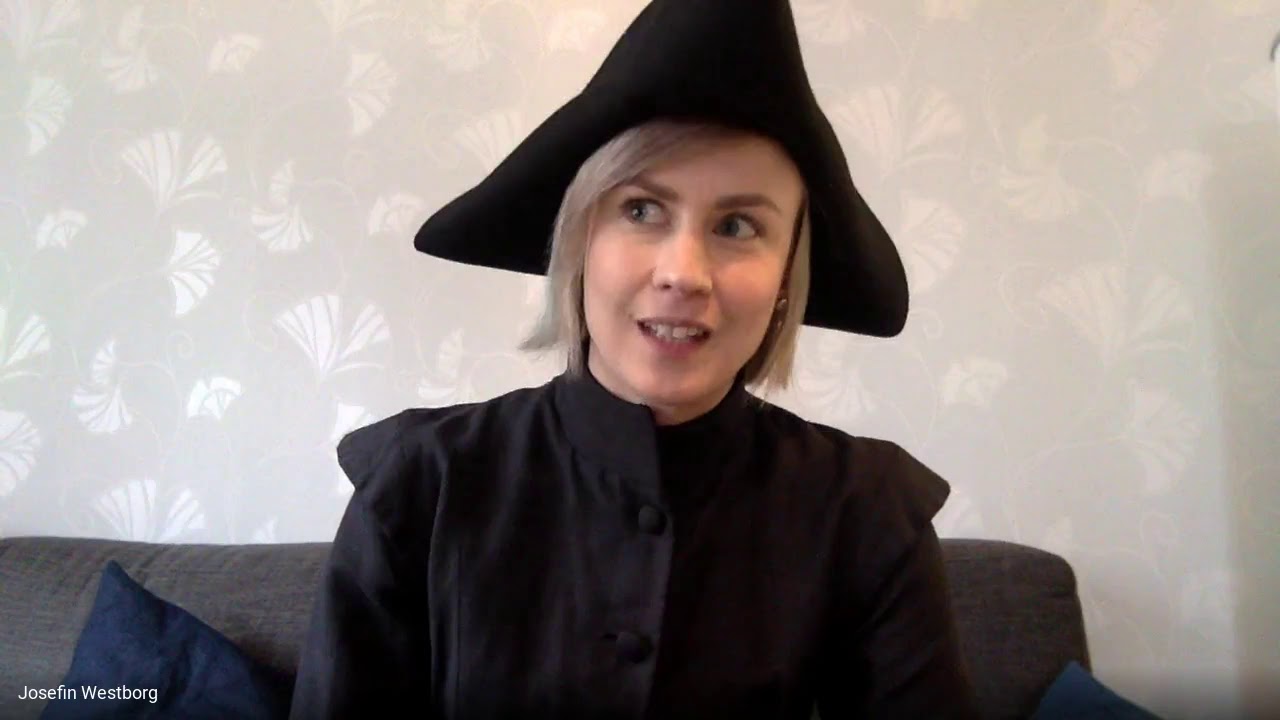
Solmukohta 2020: 500 Magic Schools for Children and Youth
This panel brings together NGOs, companies and other entities that run magic schools for kids and youth; presenting themselves and their work.
-

Solmukohta 2020: Lindsay Wolgel – Larp/Theatre Crossover in NYC
A talk about the larp/theatre crossovers currently emerging in NYC, based on projects Lindsay has been part of in the past year as a professional actor.
-
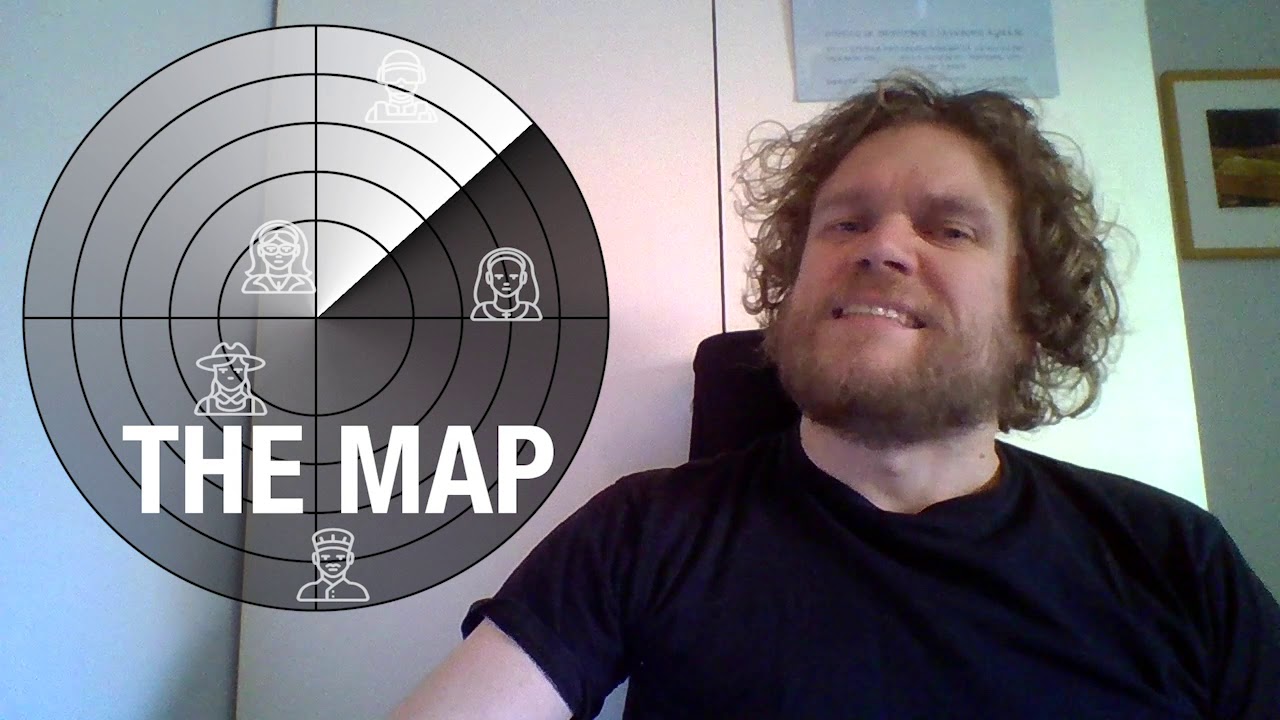
Solmukohta 2020: Eleanor Saitta, Johanna Koljonen, Martin Nielsen – Maps, Loops, and Larps
Have you ever thought about what you actually do when you larp? This talk tries to make sense of how manage information & make decisions during play.
-
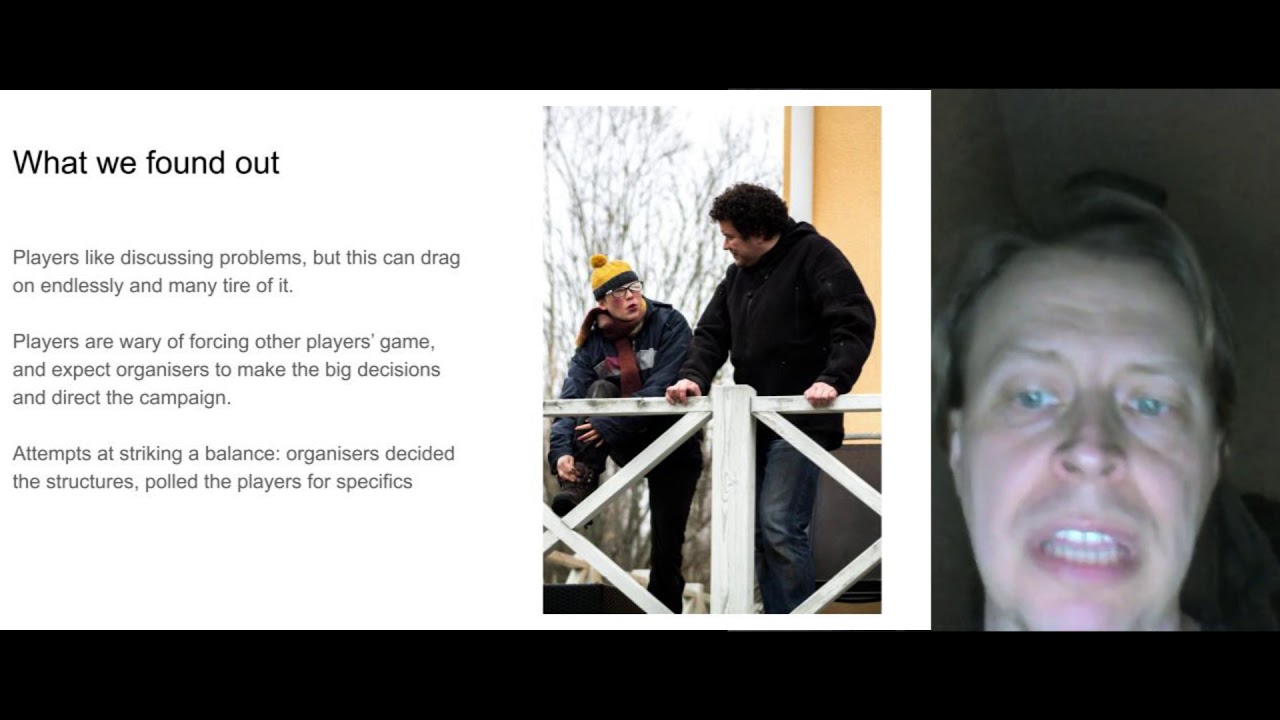
Solmukohta 2020: Shearing Sheep and Holding Ballots – Community Building in a Post-Apocalyptic Campaign
A talk about Second Year (Toinen vuosi), a 4-part larp campaign about building a community of survivors immediately following an apocalyptic pandemic.
-
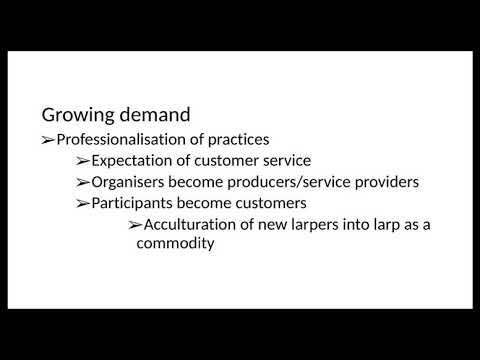
Solmukohta 2020: Living or Larping Consumer Culture? Exploring the Commodification of Larp
Usva discusses how larp is becoming commodified, what that means, and what the repercussions of this for specific events as well as the community at large.
-

Solmukohta 2020 Keynote: Sarah Lynne Bowman – Integrating Larp Experiences
Dr. Sarah Lynne Bowman talks about integration practices for concretizing & completing transformative processes after larps end & daily life resumes.